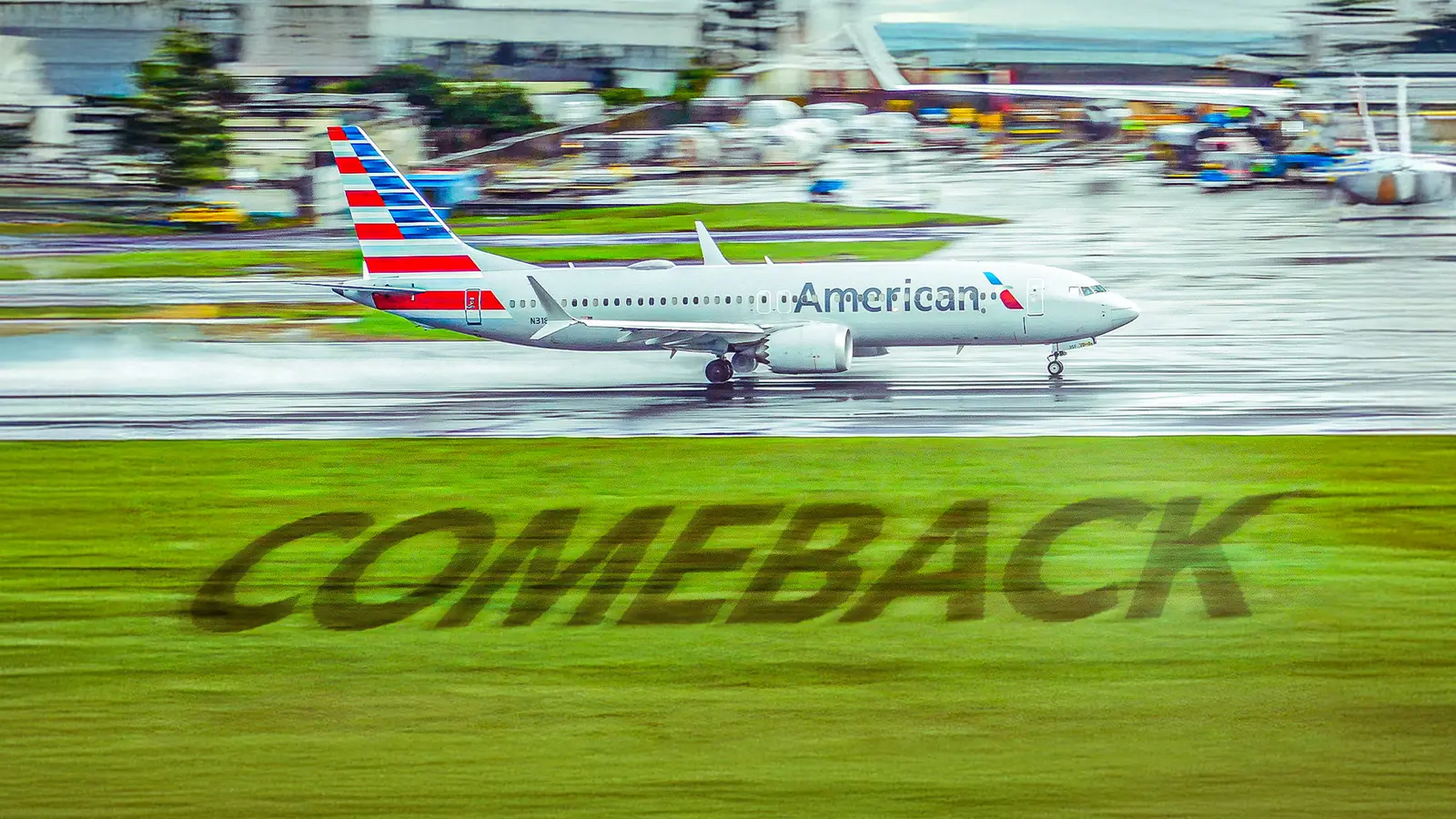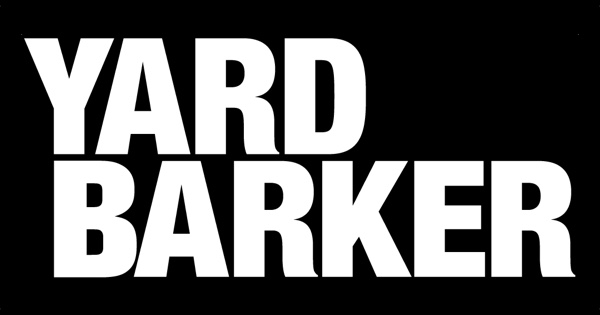Copyright Simple Flying

The legendary planemaker Boeing suffered a devastating blow to its track record of engineering innovation, quality, and safety when two 737 MAX jets were involved in accidents in a six-month span, shortly after the newly released aircraft entered service. The tragic deaths of 346 people on Lion Air 610 in 2018 and Ethiopian Airlines 310 in 2019 resulted in the largest-scale fleet grounding and production halt in the history of commercial aviation. The Federal Aviation Administration (FAA) and National Transportation Safety Board (NTSB) were responsible for a comprehensive investigation into the root causes. Almost immediately after the crash of Flight 310, the entire global fleet was grounded, and production was halted. It would take 20 months for the smoke to clear, and a nearly six-year effort for Boeing to deliver the massive backlog of jets that piled up as the company systematically corrected its planes and assembly line. Intensive oversight from the FAA steered a company culture change from the factory floor to the boardroom as the most iconic aerospace manufacturer in the history of the United States frantically worked to salvage its most successful aircraft of all time from becoming its downfall. The story of how the 737 MAX got back in the air is as much about engineering as it is about reputation. In the golden era of flying, Boeing crafted a stellar reputation with groundbreaking airplanes like the Boeing 707, 737, and 747. So much so that at one time, many travelers enjoyed proclaiming the popular catchphrase of the time: “If it’s Boeing, I’m not going.” So, just over seven years since Flight 610 was lost in the Java Sea, we will revisit the story of how the storied and beloved American planemaker nearly became a radioactive name in the world of commercial flying. The 737 MAX Disaster Disturbingly, it was discovered that the development of a new software element, Maneuvering Characteristics Augmentation (MCAS), had been conducted negligently. On top of that, none of the aircrew were even aware that the program was active on the planes. MCAS was designed to compensate for design changes in the 737 MAX and make the plane handle like previous generations; instead, it nose-dived the jet after takeoff in the two fatal mishaps. Lion Air Flight 610 crashed on takeoff into the Java Sea and killed all 189 souls aboard on October 29, 2018. Boeing’s action in the wake of the horrible mishap was to issue an Operations Manual Bulletin (OMB) describing how to counter erroneous responses by the flight management system (FMS), or autopilot. That announcement was the first reference to MCAS by the company. When the Ethiopian Airlines 737 MAX 8 crashed on March 10, 2019, China was the first to ban its operation the next day. A worldwide ban would rapidly ensue, with the FAA being the final agency to ground the 737 MAX on March 13. Boeing released a software update within weeks and thereafter announced a roughly 20% reduction in production output to enhance quality assurance (QA). In November 2019, the FAA revoked Boeing’s authority to certify its own aircraft for service, and the company confirmed that the assembly line was suspended the following month. The CEO, Dennis Mullenberg, was fired that same month, in December 2019. The FAA would allow a gradual resumption of production in March 2020, and over the course of the year, safety agencies around the world slowly granted approval to resume flying the 737 MAX after extensive safety reviews. The first commercial service flown after the global fleet’s grounding ended was by Brazil’s Gol Transportes Aereos on December 9, 2020, according to the BBC. On December 29, 2020, the first US commercial flight of a 737 MAX since the grounding in March 2019 departed New York LaGuardia Airport (LGA) when American Airlines Flight 718 took off, as NPR covered. Culture Change At Boeing After the 737 MAX crashes, Boeing implemented extensive organizational and procedural changes to enhance its safety culture. Assessments revealed a disconnect between senior management and staff, compounded by a fear of retaliation, which undermined formal improvements. The oversight teams pointed to significant quality lapses during the door-plug incident that indicated a gap between policy and practice. The investigation into the cause of the MCAS program’s flaws led to the indictment of one test pilot for fraud, as NPR reported, and the first felony criminal charges ever leveled at an American corporation. The pilot would later be cleared, and the charges against Boeing were dropped, despite the protest of the victims’ families against the plea deal. To comply with oversight, the company established a new Chief Aerospace Safety Officer position, a permanent safety committee on the board, and an integrated global reporting structure. The company encouraged engineers, technicians, and all employees to express technical concerns through a channel free of management pressure. Boeing launched a "Speak Up" program to foster an environment where employees could report safety issues without fear of retaliation and introduced an enterprise-wide Safety Management System (SMS) and Quality Management System (QMS). A new curriculum for mechanics and inspectors was instituted, alongside random quality audits, clearer instructions, and enhanced traceability measures. Rebuilding The 737 Family The MCAS update was the foundational step toward safety that began to bring the 737 MAX back up to standards. The new system integrated inputs from two Angle of Attack (AoA) sensors, which allowed for redundancy and guaranteed the system would only operate based on accurate data. There was also a change allowing pilots to take full control and override the system. An unprecedented independent review involving the FAA, the European Union Aviation Safety Agency (EASA), and other international bodies validated the changes through extensive testing. Quality and safety mandates required a complete overhaul of pilot training, including computer-based modules and full-motion simulator scenarios to prepare for emergency scenarios. Unfortunately, on January 5, 2024, Alaska Airlines Flight 1282 experienced another quality failure when the door plug was ejected in flight. The 737 MAX 9 was able to land safely with no casualties, but the NTSB investigation found that technicians had not installed four key bolts during assembly, which caused the failure. The incident sparked another public breach of faith, casting doubt on whether Boeing was properly enforcing quality and safety standards in its production process. The company moved to merge with Spirit Aerosystems as a result because the aerostructures supplier is responsible for fabricating 70% of the components used in the aircraft. That merger is only now entering the final stages of approval, as its Airbus factories were partitioned off and the former Boeing company was reabsorbed into the fold. The FAA is the final regulator required to sign off, but approval is not expected until early 2026 at the soonest. Every pre-existing aircraft had to complete a rigorous maintenance process and operational readiness flight before resuming service. It took six years to deliver all the backlogged 737 MAX aircraft that had to be retrofitted and inspected before they could be delivered. The last jet only left Moses Lake (MWH) in the final days of August 2025, finally on its way to its intended owner. Earlier this month, the FAA finally granted an increase in the number of 737 MAX jets that can be made per month. The company was authorized to make 42 planes per month, up from 38 a month as previously enforced following the 2024 Alaska Airlines mishap, according to NBC. The one and only 737 MAX 7 prototype was also reactivated earlier in October to join the MAX 10, according to Aviationweek. The jets are entering a renewed push to achieve certification and enter production sometime in the second half of next year. An Unprecedented Corporate Felony Case Boeing may evade criminal charges through agreements with the US Department of Justice (DOJ), specifically utilizing a Deferred Prosecution Agreement (DPA) and subsequently a Non-Prosecution Agreement (NPA). Initially, in January 2021, Boeing was charged by the DOJ with conspiracy to defraud the United States regarding the 737 MAX. Boeing instead agreed to admit to the fraud conspiracy, paying over $2.5 billion in fines and compensation, while enhancing its compliance and ethics programs. Test pilot Mark Forkner was charged with six counts of fraud for providing the FAA with "false, inaccurate, and incomplete information" about a new automated flight control system on the 737 Max. Investigators found internal company messages between Boeing employees in which Forkner mocked the FAA regulators and acknowledged deceiving them. After a session in a 737 MAX flight simulator, Forkner was recorded as telling a colleague that MCAS was "egregious" and "running rampant," but he refused to report it to the FAA. NPR reported that Forkner wrote in the message, "So I basically lied to the regulators (unknowingly)." In 2024, the DOJ determined Boeing violated the DPA by not effectively implementing a compliance program. Boeing then agreed to plead guilty, but a judge rejected the plea in December 2024. In May 2025, a new NPA was formulated, where the DOJ would dismiss the criminal case in exchange for an additional payment of $1.1 billion and a commitment to safety improvements. The deal is being pushed forward under the Trump administration despite the continued protests of the victims’ families and the opposition of Judge Reed O’Connor, who presided over the case for the majority of the litigation. Civil charges are still pending with the court to potentially resume session as soon as next Tuesday, according to ABC News. According to Reuters, he was recorded as describing the case with this statement: “Boeing’s crime may properly be considered the deadliest corporate crime in U.S. history.” Forkner was charged by prosecutors with deceiving the FAA about the necessary training for pilots operating the 737 MAX. Forkner's defense lawyers said that Boeing engineers failed to properly notify him of important changes made to the flying software. They contended Forkner had been unfairly used as a scapegoat by FAA and Boeing executives in an effort to avoid responsibility following the devastating disasters involving the Max that claimed 346 lives. Is McDonnell Douglas To Blame? Some argue that Boeing's corporate culture was drastically changed by its 1997 merger with McDonnell Douglas, shifting from an engineering-oriented mindset to one that was more focused on financial measures and shareholder returns. This change is thought to have had a major role in the 737 MAX issue. The shift in management valuing business operations over engineering quality, which led to actions focused on cost savings and expedited certification procedures, is one of the key factors. Many feel that the merger's impact led to the re-engineering of the older 737 Next-Generation (NG) into the 737 MAX rather than creating new aircraft to cut costs. This cost-cutting strategy led to the reliance on the MCAS to address handling problems caused by bigger engines, which was made worse by the use of a single Angle of Attack sensor that pilots were not sufficiently informed about. A gap between management and factory workers on safety and quality issues was widened as a result of the merger, which created a culture where production pressures suppressed safety concerns. That disconnection between the executive suite and the actual manufacturing process was symbolized by the company’s relocation of its headquarters from its birthplace in Seattle to the financial hub of Chicago. As demonstrated by the 787 Dreamliner and 737 MAX programs, increased outsourcing following the merger also led to production delays and quality control issues. Although it is impossible to say with certainty that the merger was the direct cause of the crashes, this cultural shift is widely seen as a critical factor that allowed serious design flaws and safety oversights to surface.



